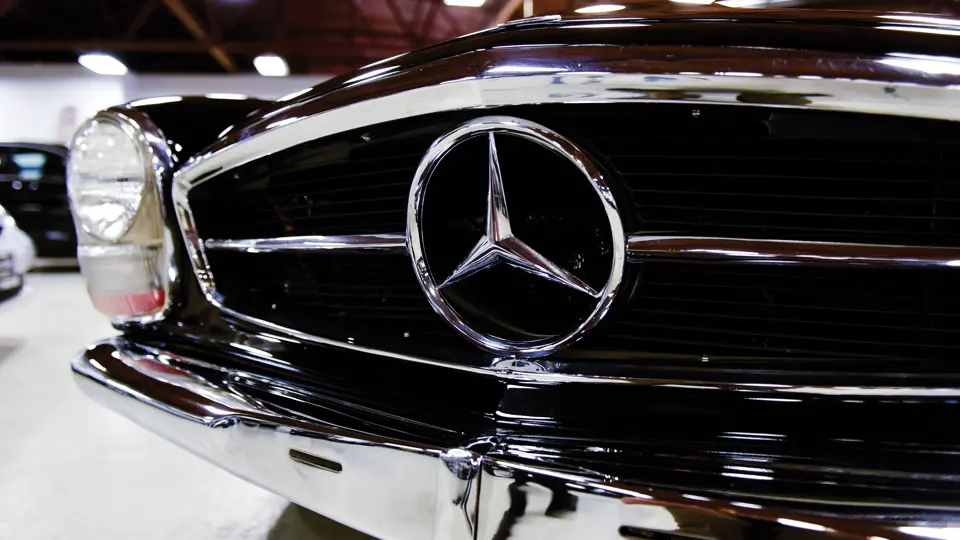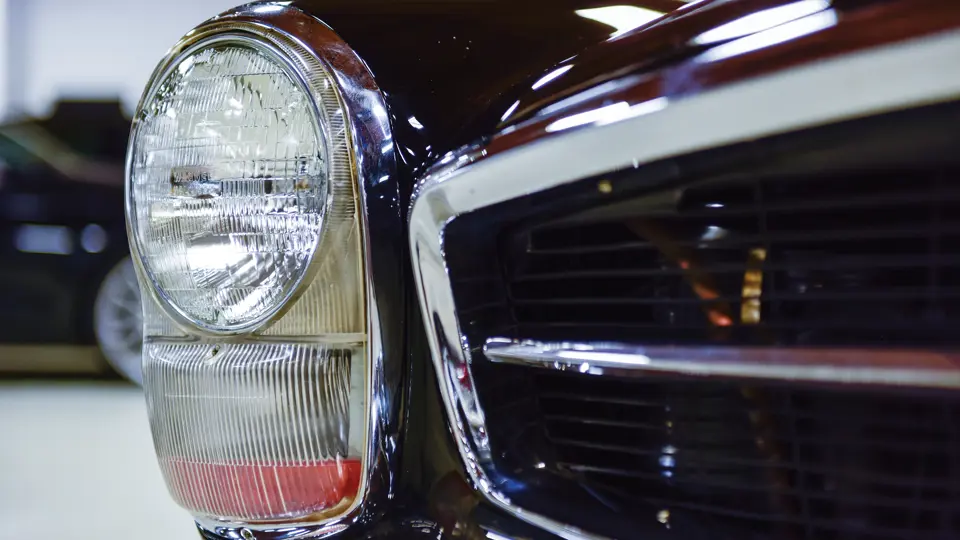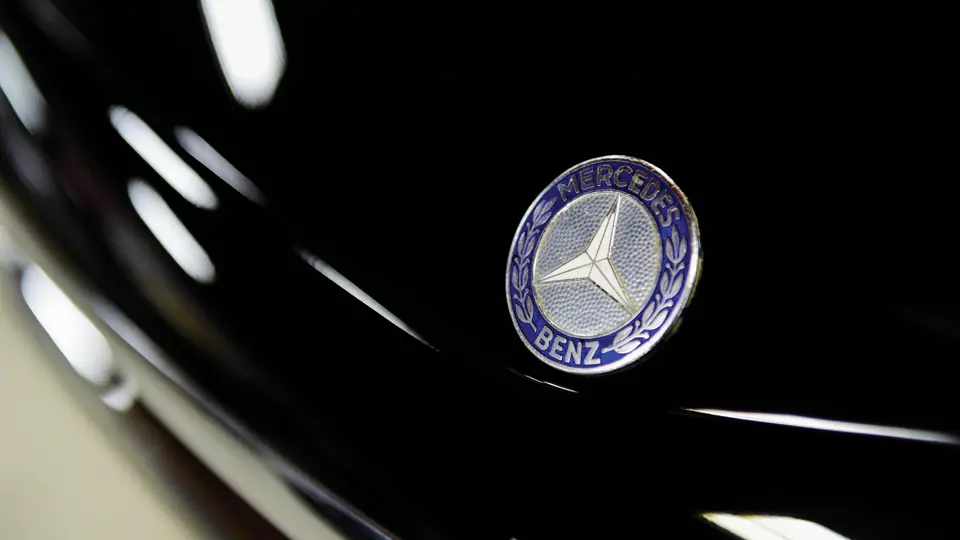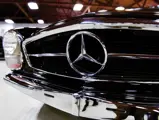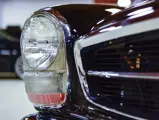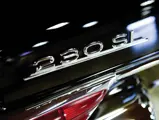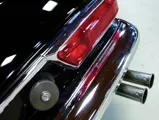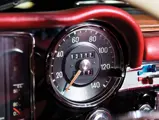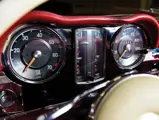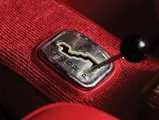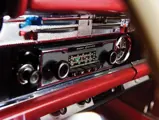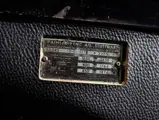150 hp, 2,281 cc OHC inline six-cylinder engine with Bosch mechanical fuel injection, four-speed automatic transmission, independent front suspension with twin transverse wishbones, coil springs, and an anti-roll bar; single-joint low-pivot swing-axle rear suspension with coil springs and compensating springs, and servo-assisted twin-circuit hydraulic brakes with front disc and finned rear drums. Wheelbase: 94.4 in.
The Mercedes-Benz product line of the late 1950s had a glaring void. The 300 SL sports car was magnificent but expensive, and its 190 SL sibling, developed from an entry-level sedan, lacked the performance to keep up. To remedy this omission, development began on a six-cylinder evolution of the 190 SL, internally coded W127 and intended to be badged as 220 SL. Along the way, however, the development was re-directed toward the S-Class, W112 platform. The result was the W113, a fuel-injected 2.3-liter sports car introduced at the March 1963 Geneva Motor Show. Badged as the 230 SL, it came as a convertible roadster or with a removable hardtop, dubbed the “Pagoda” for its slightly concave contours. Nearly 20,000 were built through 1967, of which more than half were exported, many of them to the United States.
Road & Track was impressed by its performance: “ . . . the 230 SL really belongs to the fast car group. A standing quarter mile in 17.3 seconds is not bad, and on most highways, traffic or speed limits will decide the average speed, not the car . . . . The manual-shift gearbox is first class with very fast, excellent synchromesh, and a shift lever position which is exactly right.”
Successively larger engines kept the W113 in production through 1971, as the 250 SL and finally 280 SL. When finally succeeded by the R107 and C107 cars, nearly 50,000 W113s had been built.
This 1964 230 SL is an excellent quality restoration to factory standards. As delivered, it is a U.S.-market car equipped with power steering, brakes and automatic transmission, outside driver’s mirror, Becker Europa quad-band radio, black paint, and a black fabric top. The interior is finished in red leather with matching carpet. The body is straight with excellent panel fit, and the paint has a deep shine. The interior is unworn and the brightwork exhibits no flaws. Recently serviced, the engine starts easily and runs well; the car is noted as being a delight to drive.
The Pagoda has a dedicated following and this car is emblematic of that passion, and is certain to please its new owner.

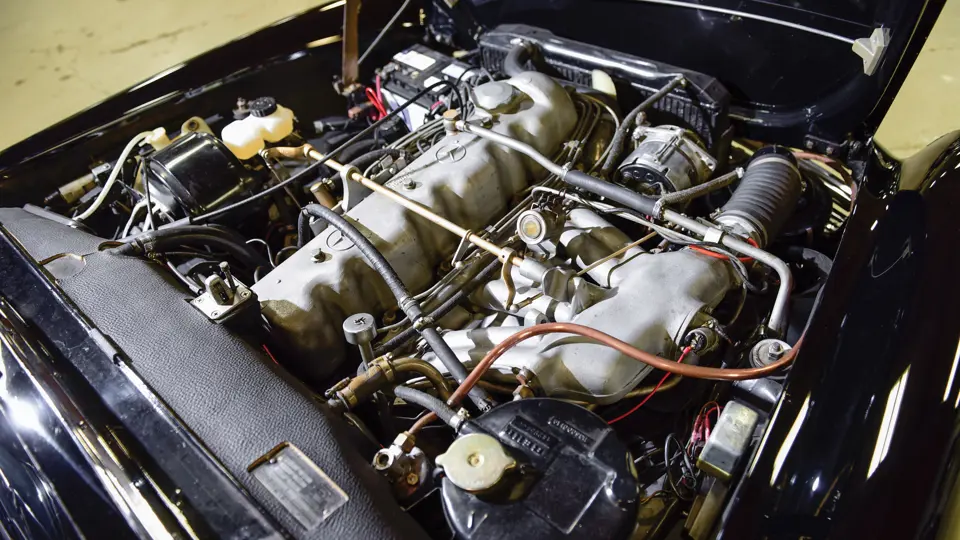


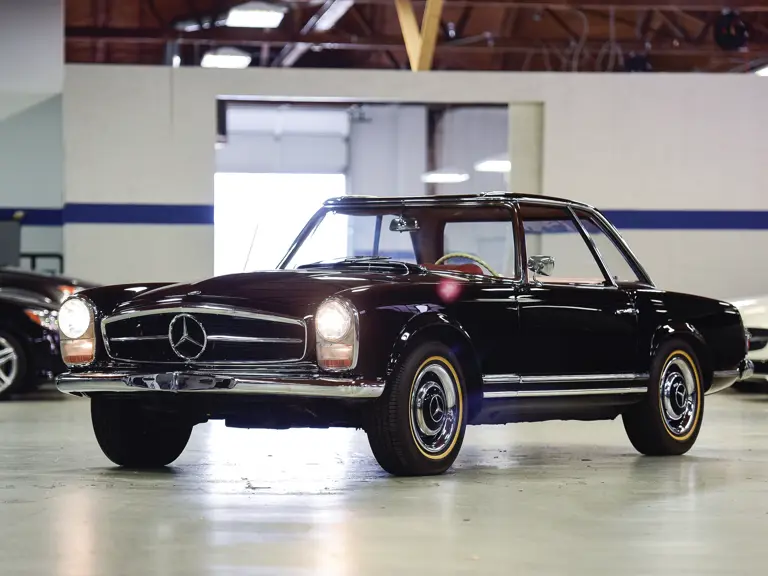
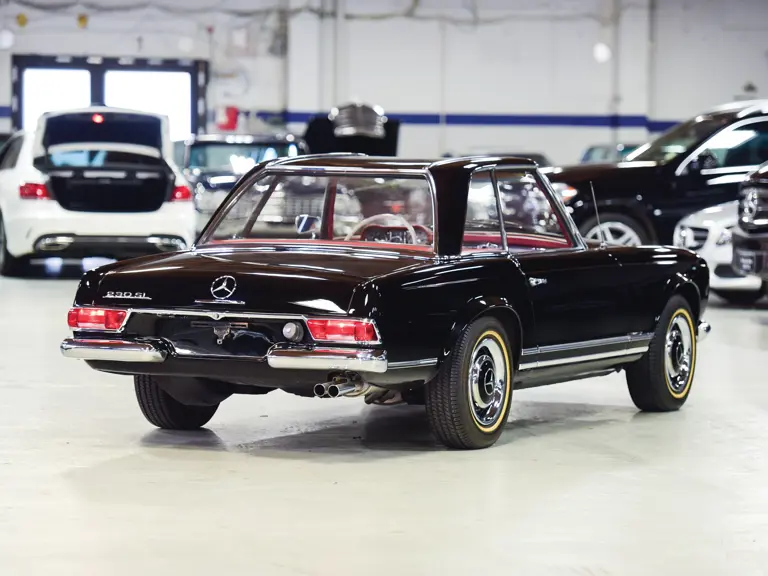
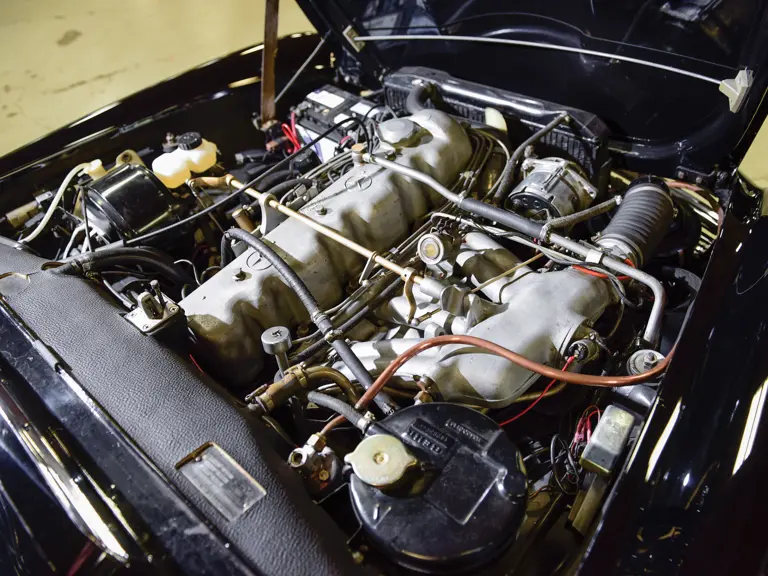

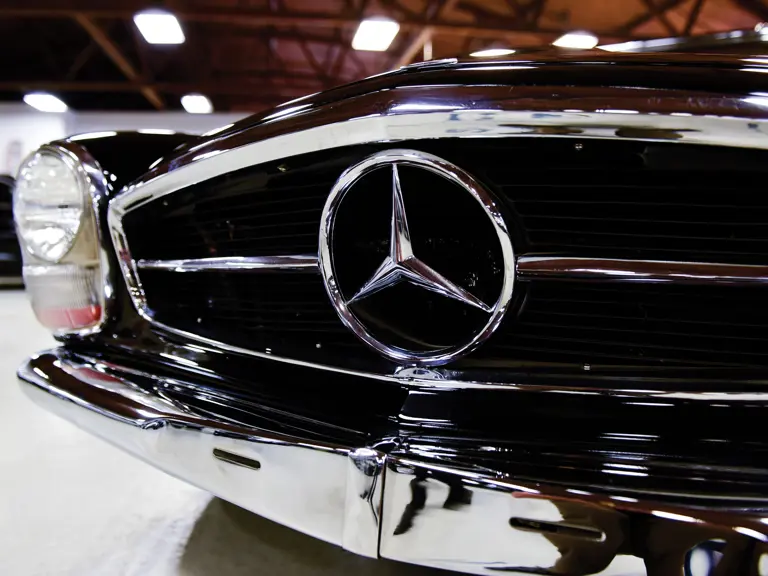
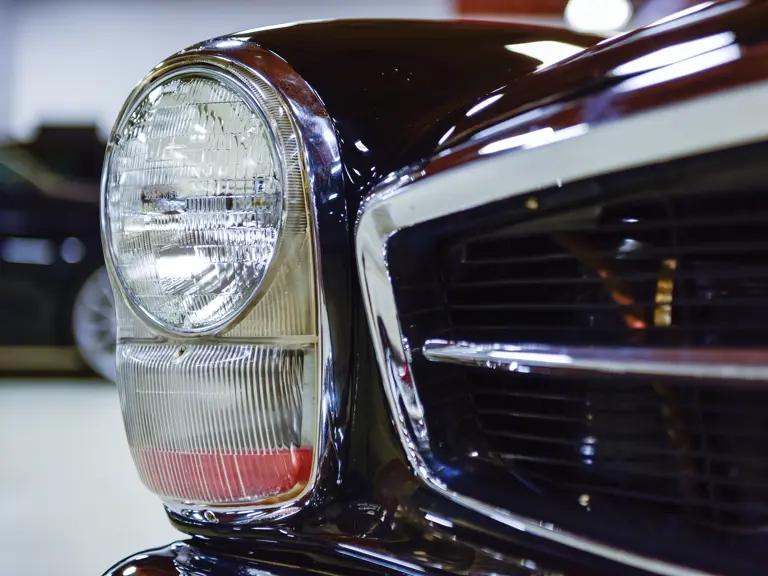
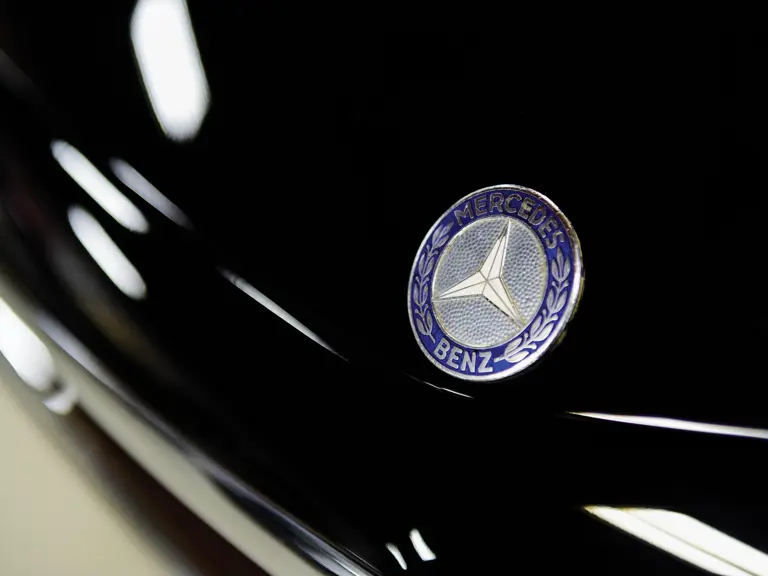


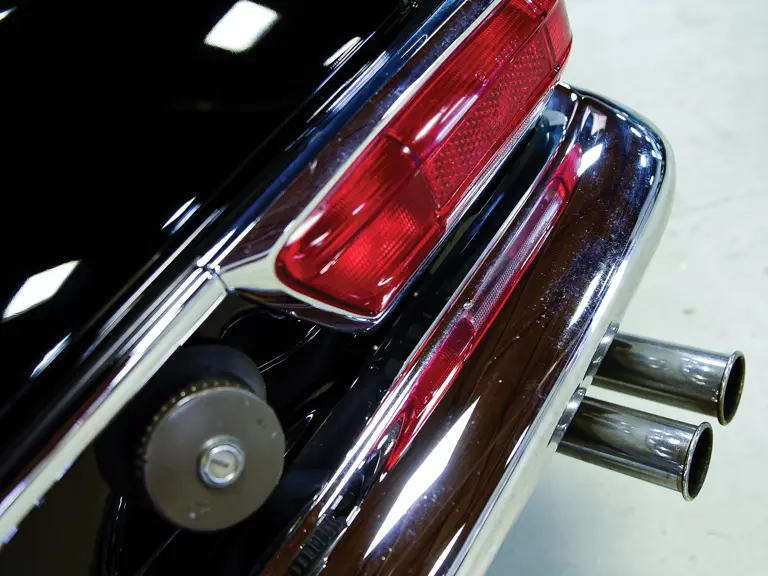
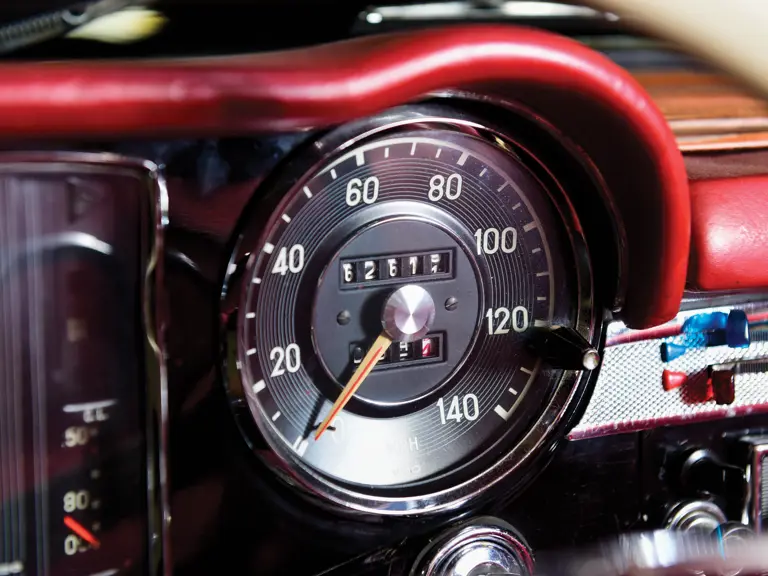
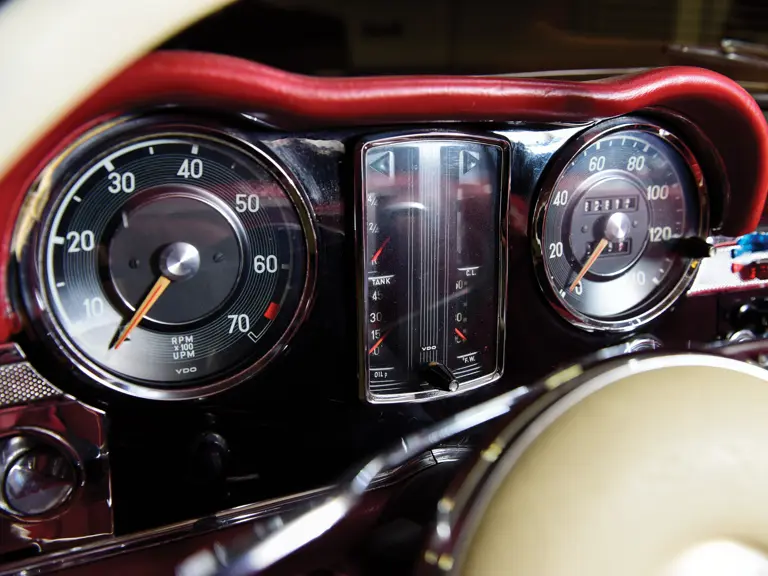
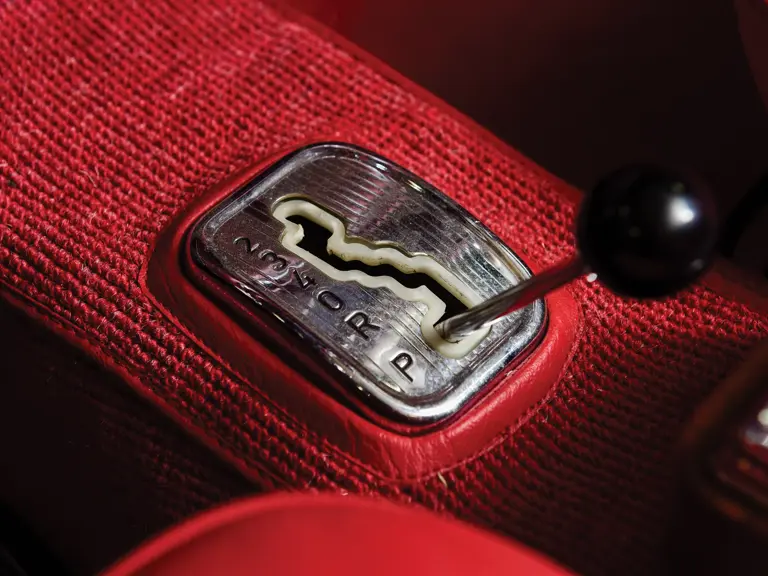
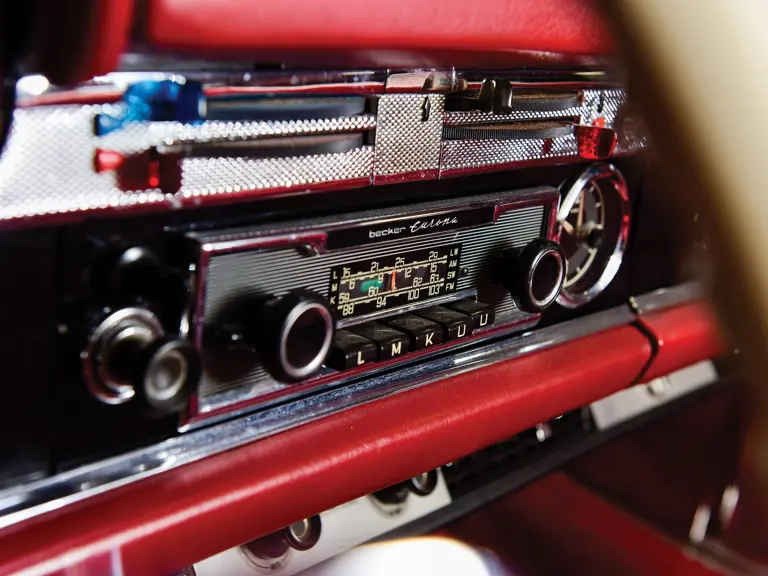
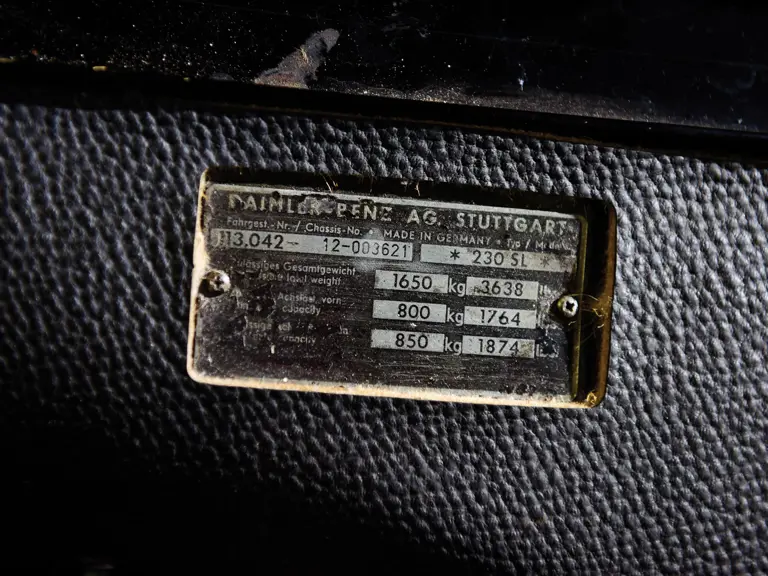
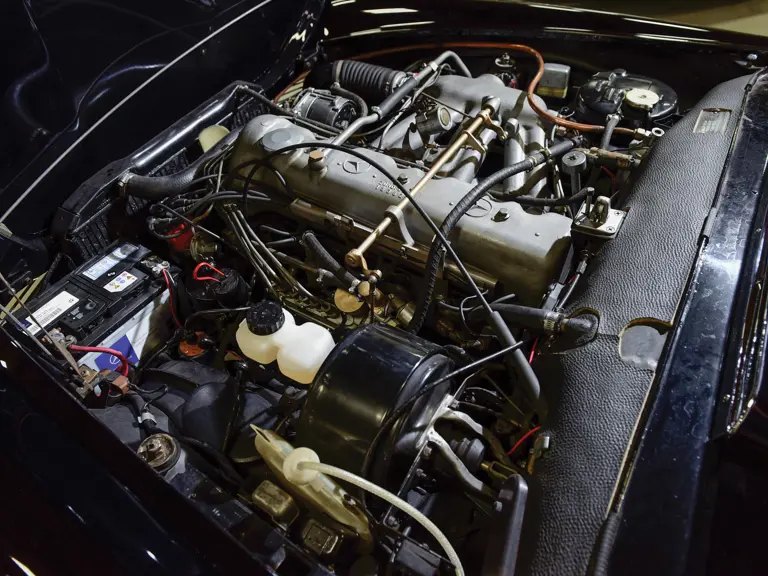
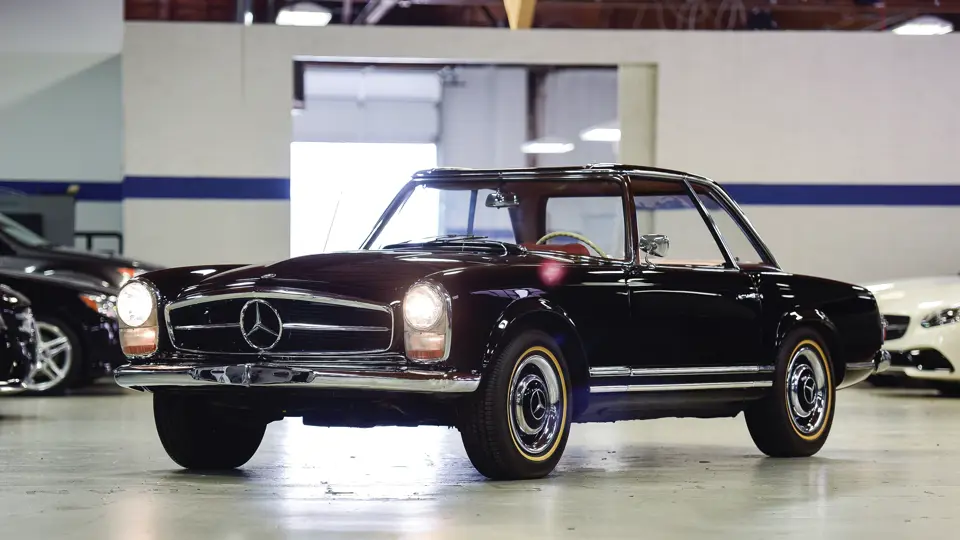
 | Phoenix, Arizona
| Phoenix, Arizona
